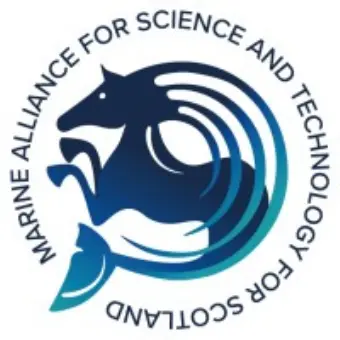Ocean Job Board


MASTS
This fully funded, 42-month PhD project is part of the SUPER DTP. The SUPER DTP is built around a well-established collaborative group of universities delivering world-leading research in natural environmental science.
Achieving ‘net zero’ greenhouse gas missions by 2050 is a statutory requirement for the UK. It will require major changes in the way we manage the land, coast, and sea, alongside decarbonisation of the energy, transport and other sectors.
The natural environment can play a vital role in tackling the climate crisis as healthy ecosystems take up and store a significant amount of carbon in soils, sediments, and vegetation. A key question is whether climate change increases or decreases the capacity of soils to sequester carbon, and hence whether ecosystems will buffer or accelerate climate change. In this context, heathland can be considered a potentially significant carbon sinks as its soil carbon content is among the highest of all biomes, after wetlands and boreal forests. Field experiments suggest that the effect of climate change varies considerably among sites, with a tendency of increased sequestration (sink) at drier sites and decreased sequestration (source) at wetter sites. However, the underlying mechanisms of these changes are very poorly understood.
Available carbon cycling simulation models are often used to understand the impacts of land use and climate change; however, they are, in general, less accurate for carbon-rich soils, such as heathland, than those for others, such as grasslands. In the past 30 years, researchers have identified key processes and feedback that could be important for accurately simulating future carbon-cycle–climate feedbacks. For example, traditional models neglect microbial physiological processes that transform and stabilize soil carbon inputs. In contrast, recent microbial models explicitly simulate microbial biomass pools that catalyse soil carbon mineralization and produce notably different results in transient simulations. By representing microbial physiological responses, such models may provide a better fit to observations, especially in a changing environment. Yet so far, no modelling studies have tested the relevance of microbial mechanisms for soil carbon responses to climate change.
The proposed studentship aims to fill to better assess the role soils play in climate change mitigation by a combination of in-situ measurements, biochemical lab experiments and modelling predictions.